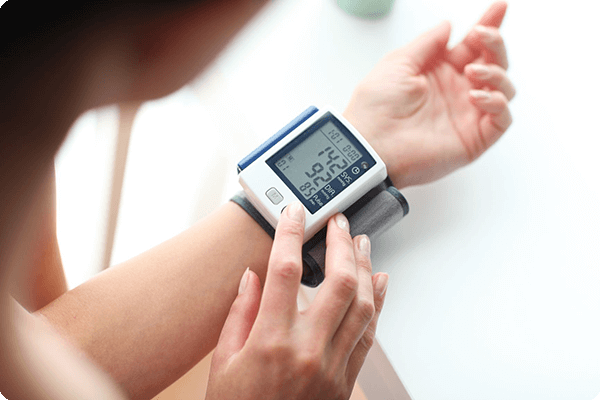
MEMS Technology Supports Advanced Healthcare Innovation
Healthcare providers around the world are wrestling with multiple challenges. Amid rising demand for services, the sector faces recruitment and cost problems that leave managers under increasing pressure to do more with less.
Healthcare experts see a potential solution in IoT technology. Using microelectromechanical systems (MEMS) to miniaturize sensors, this could improve diagnostic services and preventive medicine.
This blog explores the role of MEMS sensors in healthcare. Sections address:
- Challenges facing the healthcare sector
- Medical/nursing applications for MEMS sensors
- The Future of MEMS in medicine and nursing
Challenges Facing the Healthcare Sector
The global population is growing, aging and urbanizing, while also becoming more prosperous. This is driving increased demand for healthcare.
To add some quantification, according to the UN the world population reached 8 billion in November 2022 and is expected to pass 9 billion by 2050. Notably, the biggest increases in the future are expected to be in Africa.
Urbanization goes hand-in-hand with growth, raising prosperity, extending life expectancy and increasing demand for medical and nursing services. Inevitably, costs escalate and shortages of medical personnel emerge.
In parallel, developed countries are dealing with aging populations as life expectancy rises and birth rates decline. Worldwide, the percentage of the population aged 60 and over is expected to double by 2050. Again, rising medical costs, and a shortage of medical personnel are major problems.
Preventive medicine and improved diagnostic technologies can help. Preventive medicine aims to stop people getting seriously ill and better diagnostics facilitate early detection and treatment of illnesses. A variety of sensing technologies are needed for both.
Medical/Nursing Applications for MEMS Sensors
MEMS refers to extremely compact devices typically used for sensing and fluid control. They usually measure less than 3mm (1/8”) in any dimension and are often produced by semiconductor microfabrication techniques. Capabilities range from simple sensors to complex electromechanical systems with moving elements controlled by integrated microelectronics.
MEMS are being deployed in three main ways:
- For medical diagnosis
- For decentralizing medical service delivery
- To reduce the workload on medical professionals
Medical Diagnosis
An example is the digital stethoscope. Equipped with MEMS microphones, this makes it possible to display heart sounds on a monitor and save them for playback at a later date and time. Other applications include blood pressure and oxygen monitors, both of which enable diagnosis of medical conditions.
Decentralization
The ability to save data makes it possible to share test results with remote specialists. A second way in which MEMS supports decentralized medicine is by reducing the size and cost of test and monitoring equipment. This permits use in smaller, more rural, hospitals.
The spirometer, used to test lung function, is an example. Pre-MEMS technology this was a large piece of equipment that needed the assistance of a nurse to use. However, with the advent of compact units utilizing MEMS technology, it has become possible to conduct tests at home and transmit the acquired data to the attending physician.
Insulin pumps for diabetics are another example. Using these, patients can administer their insulin with the aid of a pump controlled by MEMS sensors. This reduces the impact of a sudden drop in blood sugar levels and the risk of forgetting an injection.
Reduced Workload
In hospitals and care homes advanced sensing technology is being used to reduce nursing staff workload. For example:
- By attaching a pressure sensor to a bed, it’s possible to analyze the occupant’s heart rate and breathing
- A wearable ultrasonic sensor that measures the shape of the bladder can predict and report on urination
Technology like this reduces the burden on nursing care staff and makes them more efficient, so helping to address labor shortages.
The Future of MEMS Technology in Medicine and Nursing
Recent years have seen sustained effort directed towards the use of MEMS technology in healthcare. Much of this has focused on miniaturization and cost reduction through application of mass production methods.
This will lead to smaller devices that are easier to wear and deploy. Their use in non-invasive and minimally invasive procedures will grow, as it will in diagnostic and analytical equipment intended for deployment to remote areas.
Furthermore, research is progressing on the use of MEMS technology to detect small changes in human bodily functions. There are also high hopes for the future of nursing care and medical robots.
Whether or not these come to pass, it’s clear MEMS-based devices have already become indispensable in medical and nursing settings. Demand is only going to grow as they continue to develop.

